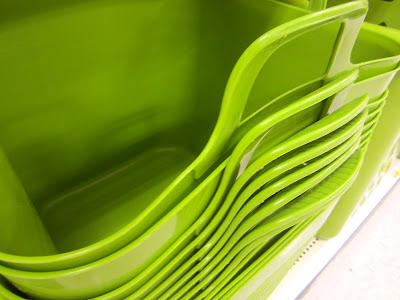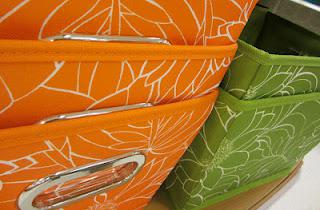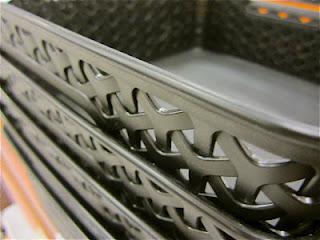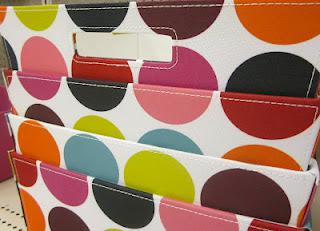 My autobiography is going to be titled How I Move Stuff. I could use a more impactful word for "stuff," but I won’t. If you have stairs, you know what I’m talking about. Things pile up at the bottom until the stairs no longer remain safe because the last step is completely covered with stacks of stuff that needs to be moved upstairs.
You might even have one of those fancy stair baskets that you bought at a home party out of guilt. We had one, but it was never big enough and ended up crushed and trampled by a stampede of kids running down the stairs.
My autobiography is going to be titled How I Move Stuff. I could use a more impactful word for "stuff," but I won’t. If you have stairs, you know what I’m talking about. Things pile up at the bottom until the stairs no longer remain safe because the last step is completely covered with stacks of stuff that needs to be moved upstairs.
You might even have one of those fancy stair baskets that you bought at a home party out of guilt. We had one, but it was never big enough and ended up crushed and trampled by a stampede of kids running down the stairs.
 Up, down, in and out. I feel like I spend many hours a day carrying things from one place to another in my house just to find a temporary home for them. I finally understand how the ancient civilizations were built. No use for the wheel or heavy machinery, just pure human strength and stamina. I would have quite a structure if all of my stuff was architecturally piled on top of each other.
Up, down, in and out. I feel like I spend many hours a day carrying things from one place to another in my house just to find a temporary home for them. I finally understand how the ancient civilizations were built. No use for the wheel or heavy machinery, just pure human strength and stamina. I would have quite a structure if all of my stuff was architecturally piled on top of each other.
 It always amazes me how you can shift large quantities of things to bins,closets, Freecycle and the car’s trunk (which is my holding place for donations) and a few weeks later you’re right back where you started. The worst is when your bags of donations or trash get discovered by their previous owners and half of the things end up back in your house labeled as “favorite things I can’t live without.”
Naturally, stuff comes in your house and stuff goes out. I guess that’s just the cycle of life. Chris Hartstein of Home Solutions suggests a few simple steps to keeping on top of your household’s bodily functions.
It always amazes me how you can shift large quantities of things to bins,closets, Freecycle and the car’s trunk (which is my holding place for donations) and a few weeks later you’re right back where you started. The worst is when your bags of donations or trash get discovered by their previous owners and half of the things end up back in your house labeled as “favorite things I can’t live without.”
Naturally, stuff comes in your house and stuff goes out. I guess that’s just the cycle of life. Chris Hartstein of Home Solutions suggests a few simple steps to keeping on top of your household’s bodily functions.
 Chris recommends the mantra, “a place for everything and everything in its place is the ultimate organizing goal.” She says, you can achieve this more easily by taking these action steps:
1. Design a “layette for life.” In other words, decide how many of any one item (crock pots, glasses, sweaters, video games, earrings, etc.) you need/desire given your living space. Write it down to make it more real.
2. Establish an attractive “clutter can” or “bye-bye bin” lined with a large plastic bag near the door. Make it a habit to put items that are no longer used or loved into this container for later donation. Take young children to a thrift store so they can see how this all works.
3. Before sorting a pile of papers turn it upside down. The older items will be easier to throw away and you'll get through more. Remember, all paper fits into one of 4 categories: read it, act on it, file it or toss it.
What tips do you have for staying organized at home?
Chris recommends the mantra, “a place for everything and everything in its place is the ultimate organizing goal.” She says, you can achieve this more easily by taking these action steps:
1. Design a “layette for life.” In other words, decide how many of any one item (crock pots, glasses, sweaters, video games, earrings, etc.) you need/desire given your living space. Write it down to make it more real.
2. Establish an attractive “clutter can” or “bye-bye bin” lined with a large plastic bag near the door. Make it a habit to put items that are no longer used or loved into this container for later donation. Take young children to a thrift store so they can see how this all works.
3. Before sorting a pile of papers turn it upside down. The older items will be easier to throw away and you'll get through more. Remember, all paper fits into one of 4 categories: read it, act on it, file it or toss it.
What tips do you have for staying organized at home?

